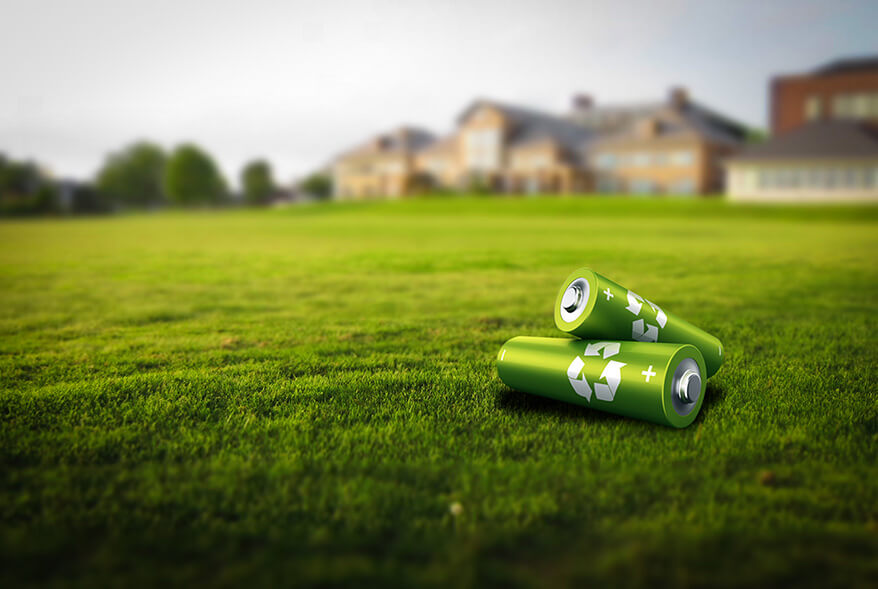Issues and Challenges Facing Rechargeable Lithium Batteries
Dec 09, 2019 Pageview:1841
What are the common issues of rechargeable lithium batteries?
When a Li-ion battery is discharged, the energy that has been taken out determines the depth at which the battery was discharged. Let us say you have a 100 Ah battery, when you use 50 Ah of that battery it means that the depth of discharge is 50%. Depending on the type of battery you are using, the depth of charge will determine the number of cycles that said battery would have.
Lithium-ion rechargeable batteries require routine maintenance and care when handling and use. Lithium-ion batteries have a typical lifespan of around two to three years. Alternatively, 300 to 500 charge cycles, so whichever reached first. One charge cycle is calculated as the period of use from fully charged to fully discharged and dully recharged once again.
Lithium-ion batteries have a limited life span and eventually will lose their ability to hold a charge. Unfortunately, this aging process (loss of capacity) is irreversible. As Li-ion batteries age the length of time they power the product will decrease, until they cannot power the device anymore.
It is worth noting that you should only use specified adapters to charge your batteries. Using an undesignated charger will not only harm your battery but can be very dangerous as you risk the hazard of fire.
There is a phenomenon which is called Passivation. In general, passivation is a thin layer film of Lithium Chloride (LiCl) that forms on the surface of the lithium anode. Lithium Chloride is a high resistance film layer between the electrodes. This film serves as a protection to the lithium anode from discharging on its own when the load is removed outside the cell. This film of Lithium Chloride is the reason why lithium batteries have a long shelf life, which can be over a span of ten years.
Passivation may cause a delay in voltage when a load is placed on the cell.
What are the biggest challenges of rechargeable lithium batteries?
Lithium-ion batteries have the tendency to lose capacity over time, this problem is called "aging of the battery". Unfortunately, it is irreversible and unavoidable.
For high-end Li-ion batteries, after you hit the 1000 charge cycle, the capacity is reduced to only 20% of its original capacity. To fully imagine this process, imagine that whenever you recharge your electronic device you shave a few seconds of its maximum battery life. Take into consideration that discharging and charging your battery in erratic weather conditions will decrease your battery's life span dramatically.
To summarize, a Li-ion battery typically has a lifespan of around two to three years. Alternatively, 300 to 500 charge cycles, so whichever reached first. One charge cycle is calculated as the period of use from fully charged to fully discharged and dully recharged once again.
Passivation has unique characteristics in lithium batteries. Scientists have studied these characteristics and divided them into four aspects.
Passivation layer induced polarization.
Long term, low discharge rates.
Chemistry of the lithium passivation layer.
Kinetics of the passivation layer growth.
When studying Polarization, it was shown that an initial polarization (the delay in voltage) was followed by another "secondary" polarization in some cases.
Studying the effects of long term, low discharge rates on the lithium battery, and it was discovered that law discharge rates changed the lithium passivation layer. This change resulted in an increased lithium corrosion rate, thus decreasing the cell capacity.
It was also noted that the degradation was much greater the higher the temperature got.
Studying the chemistry and kinetics of the lithium passivation layers showed some distinctive results. It was noted that a thin layer was formed first "primary layer", which is responsible for the passivation. Another thicker porous layer was formed later on in the first layer. This secondary layer was formed due to partial discharge. It resulted from the precipitation of the Lithium corrosion products. It was found to contain compounds like Li2S2O4, Li2S2O5, and Li2SnO6, where n is always greater than two.
The first "primary" layer is responsible for the initial voltage delay in the cell (polarization) under load. While the second porous layer is responsible for inducing a second polarization that inhibits the high rate discharge.
When a load is placed on a cell, the passivation layer which is high resistance causes the cell's voltage to drop. discharge reaction slowly works on removing this passivation layer, and by doing that the internal resistance of the cell is lowered. This process causes the cell's voltage to reach a new desired peak value that remains constant if no other changes occur.
When the load is removed, the passivation layer is once again formed.
Beware that high loads on lithium cells can cause the voltage delay to increase thus increasing passivation.
Generally speaking, passivation does not affect most users of lithium batteries. However, there are certain aspects where passivation can cause problems or even be fatal. That is why consulting the battery's manufacturer is always the best thing to do.
- Prev Article: Construction and Working of Lithium Ion Battery Research
- Next Article: Lithium Sulphur Battery Advantages And Disadvantages
Leave Message
Hottest Categories
-
Hottest Industry News
-
Latest Industry News












